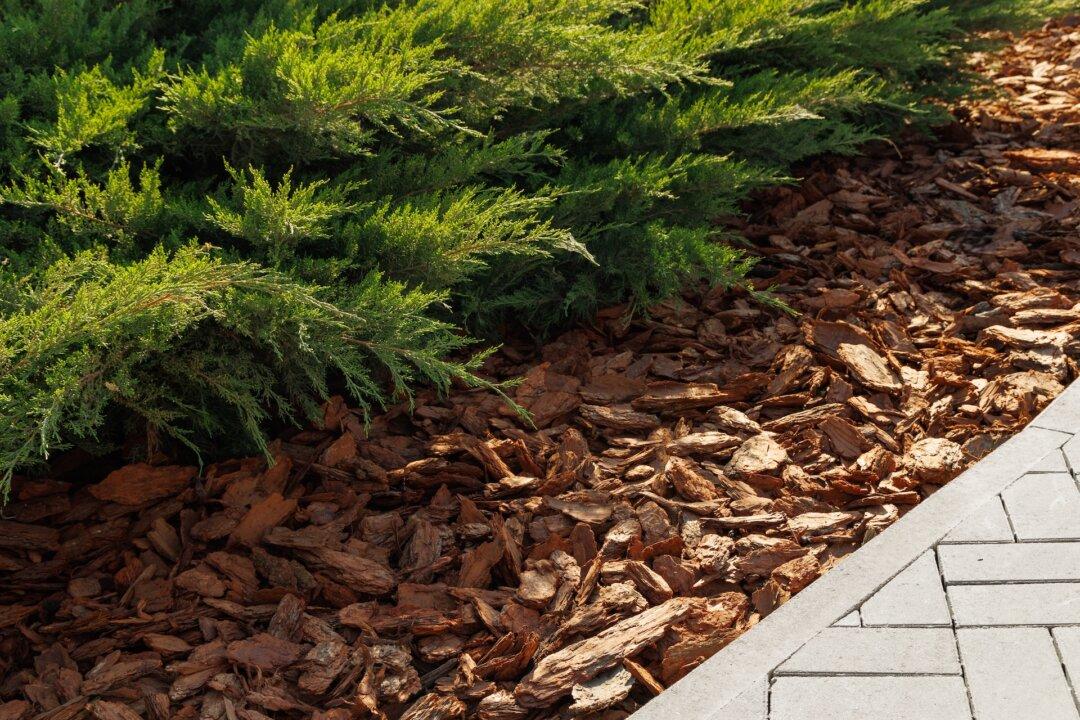Winter mulch serves a slightly different purpose than summer mulch, which is used to conserve moisture and keep plant roots cool. Winter mulch is applied to help protect the soil from extreme cold, wide temperature variations (freeze to thaw), and the resulting frost heave (ice formation in the soil, which can push plant roots up out of the ground). Mulching also helps safeguard all-important topsoil from being eroded by rain and water runoff, keeps down weeds, and, if an organic mulch is used, improves the soil structure and reduces the need for fertilizer.
With a wide variety of organic and synthetic mulch options available, it’s important to consider price, appearance, function, and durability.





